April showers bring May flowers! This is definitely the case for southeastern Vancouver Island in 2024. On April 28, we organized a day trip to Victoria to check out as many camas and Garry oak meadows as we could. Between ferries and downpours, we made it to Uplands and Playfair Park, and Horth Hill. The photos are too good not to share!
Blue camas
Blue camas (Camassia quamash) can occur in such abundance that the blue flowers give the impression of water. When visiting the area in 1849, Sir James Douglas mistook a camas meadow for a lake! (If you’re on the Island on May 5, make sure to check out Camas Day!)
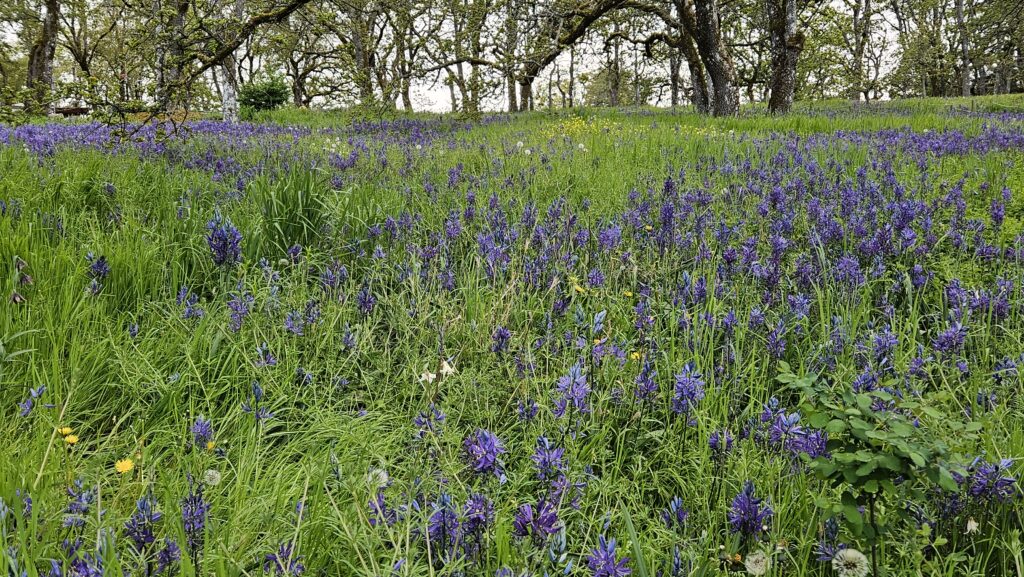
Blue camas was an important food source for First Nations across the Pacific Northwest. Lekwungen people have a long history of managing these meadows for food. When steamed, the nutritious onion-like bulbs develop a sweet, tasty flavour. They could then be eaten whole or dried and pounded into flour.
Camas, Garry oak and associated ecosystems
These camas meadows are part of a unique complex – the Garry oak and associated ecosystems – which support the highest plant diversity of any terrestrial ecosystem complex in coastal British Columbia. They are the product of unique a climate (rain-shadow) and indigenous stewardship, notably fire. Sadly, these are also among the most endangered ecosystems in Canada: only 3% remain in a natural state, and they are only found on the southeastern tip of Vancouver Island, some of the Gulf Islands and a few spots on the mainland.
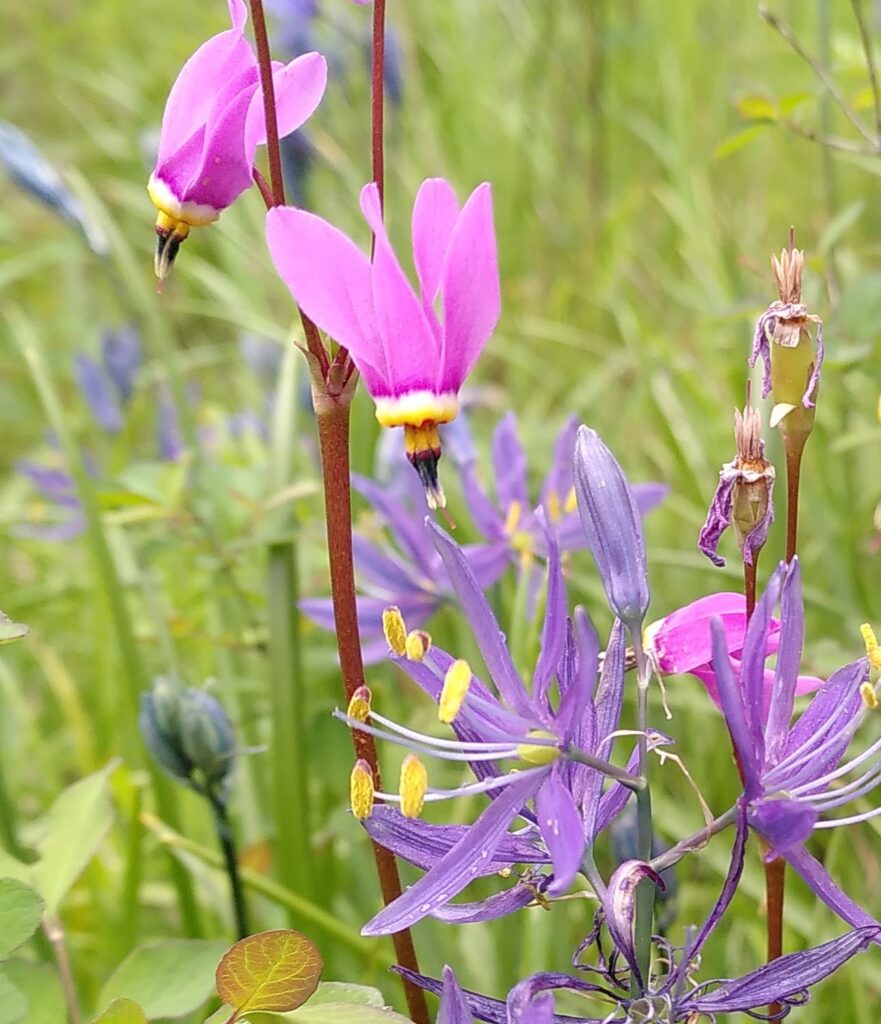
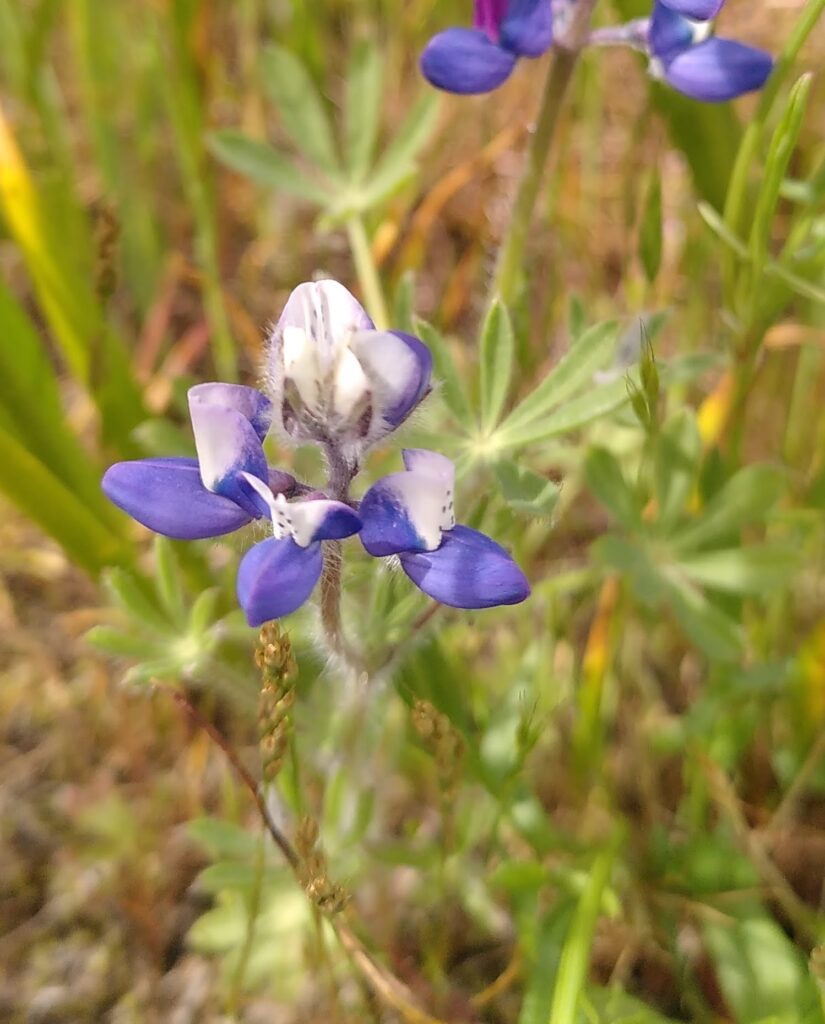
Playfair Park and what is possible
This beautifully stewarded meadow represents what is possible! For anyone who feels, “The challenge is too big to make a difference”, a visit to Playfair Park may soften that view and inspire hope and heart. A split-rail fence surrounds the two-acre Garry oak meadow expanse, where species like camas, great camas, Pacific sanicle, fawn lily, western buttercup and other rare species have been thriving since 2010, thanks to volunteer stewardship.

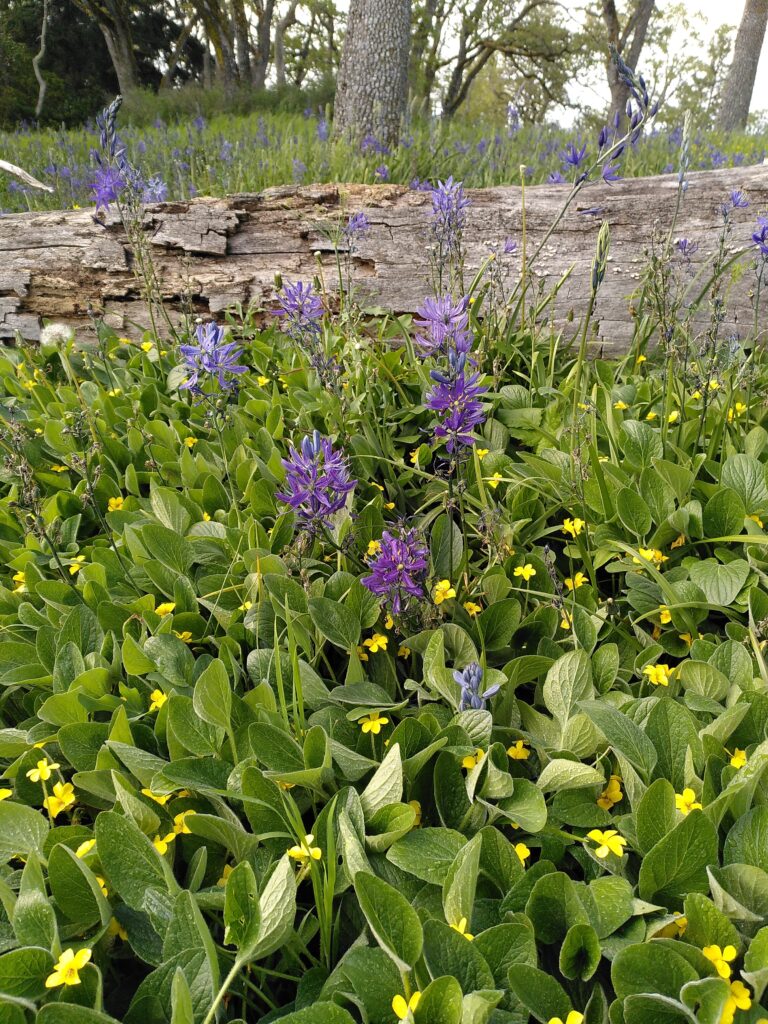

The photo above illustrates the effectiveness of smothering: note there is less grass to the right of the visible line. Smothering is a technique to kill existing grasses and prevent future grass from emerging out of the seed bank. In autumn , black plastic is fixed in place for five to seven weeks, then removed by late January to allow native plants coming out of dormancy to grow. This dramatically cuts down on weeding and provides a clear space for spring-flowering native bulbs. Fire is so much more effective, but settler culture remains flighty about this ancient method.
Flower friends
Spring is the best time to be alive, especially if you’re a botanist living in the northern hemisphere. Reconnecting with spring wildflowers is the sweetest of reunions. It often goes like this: “Ooooh, it’s you! I remember your name, now wait a minute, it starts with a C, right? Wow, you are so cute! What is your name again, it’s on the tip of my tongue!” Horth Hill Regional Park hosts excellent reunions.
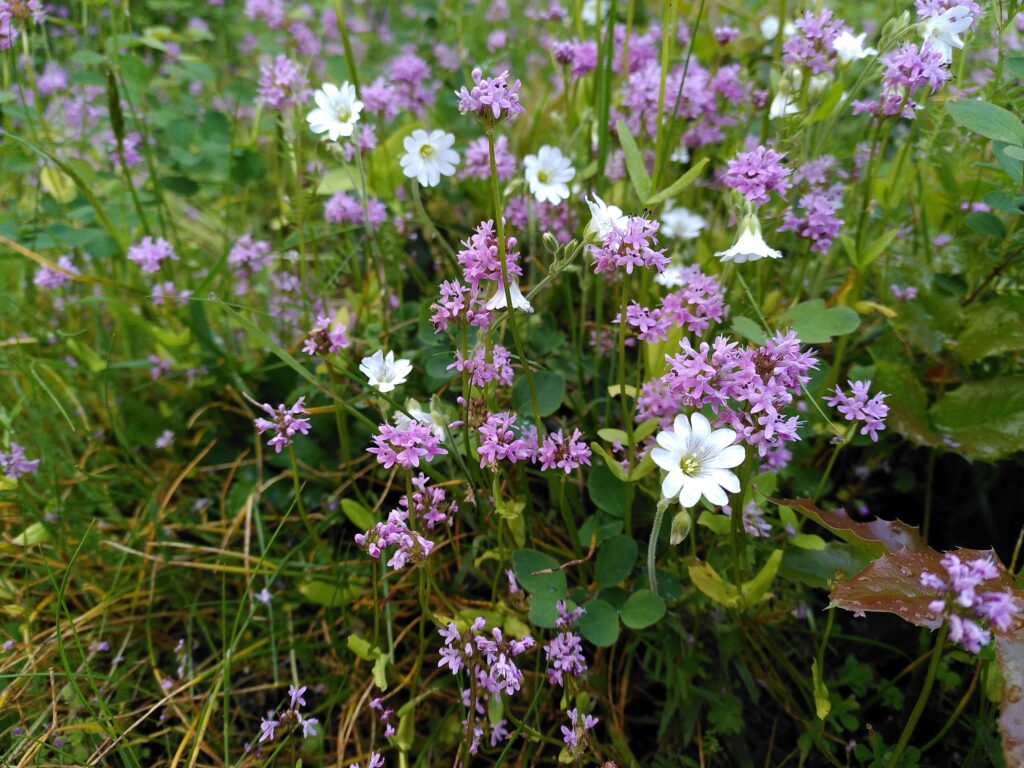
If the plants in these two images were people at a reunion, then sea blush (Plectritis congesta) must be the life of the party! Sea blush is a native annual, meaning it lives fast, self seeds, and dies after one season. It is best sown as seed in autumn, as the seed will germinate and their small leaves create a winter ground cover. Their pink flowers serve as excellent forage for early-flying insects like mason bees.
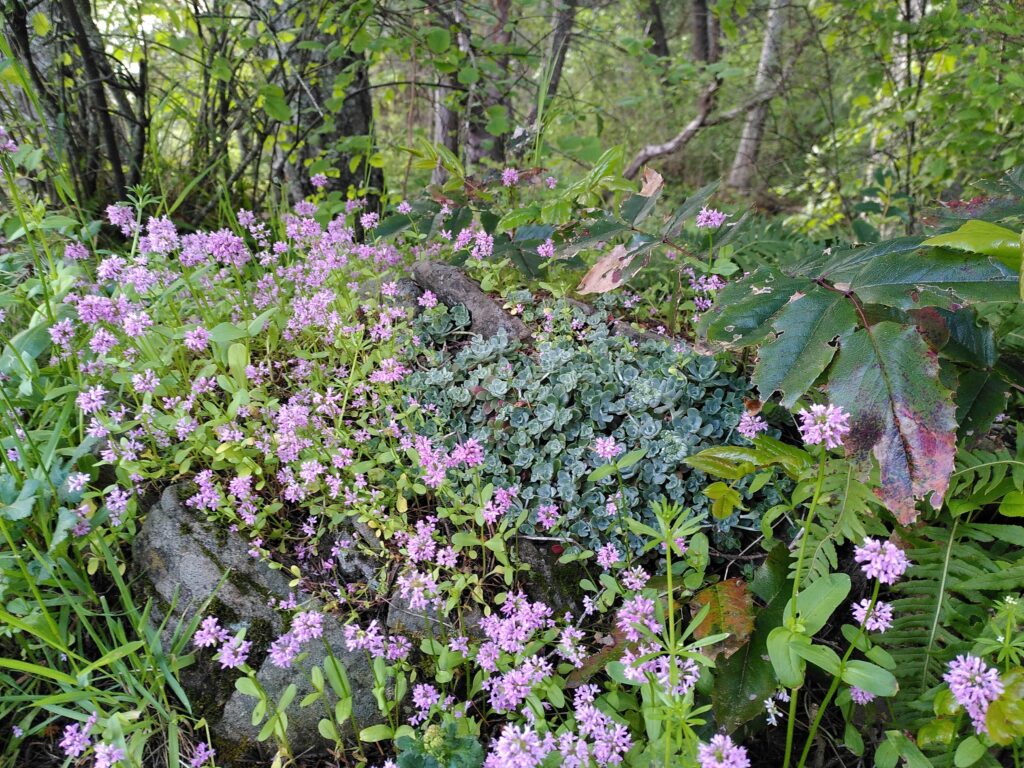
A flowering Saskatoon is a sight to behold! This shrub is also known as Pacific serviceberry, western serviceberry, western shadbush, or western juneberry. Native to Turtle Island (North America), the Saskatoon berry (Amelanchier alnifolia) is bears an edible berry-like fruit, a small purple pome 5–15 mm in diameter. Its leaves are quite unique, with margins toothed mostly above the middle.
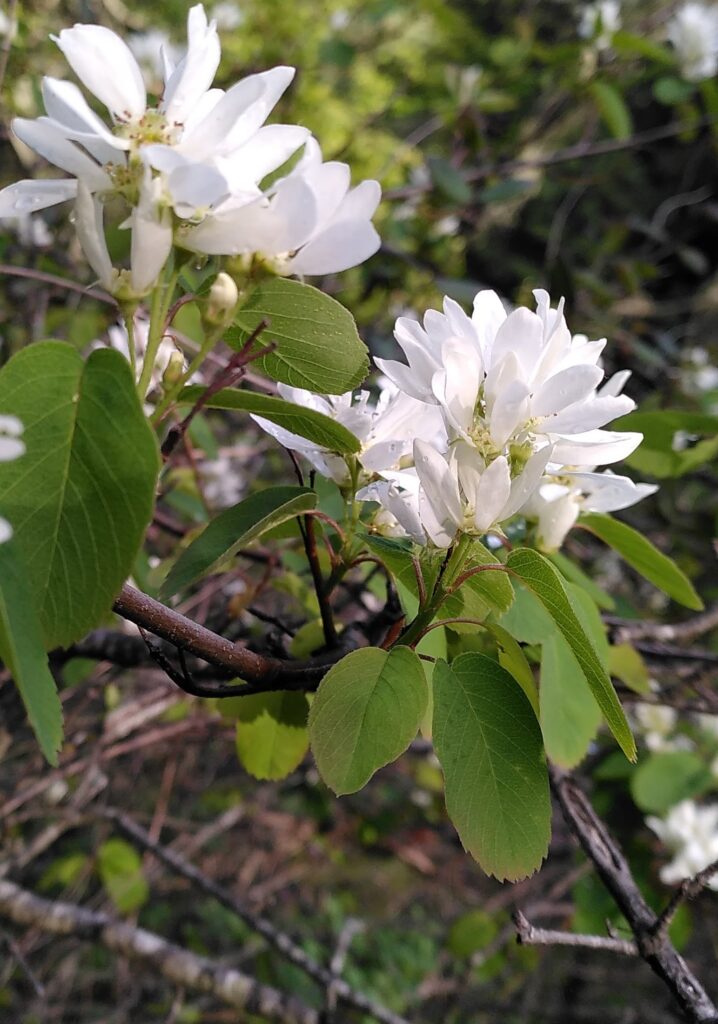
If you made it this far, please leave a note in the comments box below or get in touch. We’d love to hear your impressions, as well as favourite spots, species, experiences and stories, and whatever else these images/ communities inspire! Happy spring!
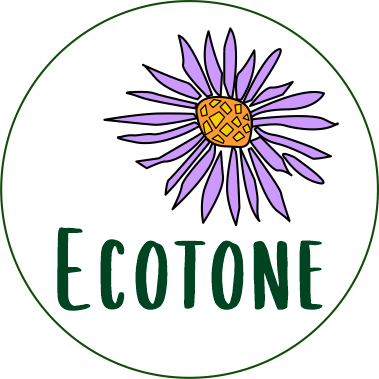
11 thoughts on “Beauty, joy, inspiration: Camas meadows and wildflower reunions”
Thank you for such an informed overview! And your pictures enjoy a perspective of being right there in the meadows.
Thank you for your kind words, Aarin!
Meadows are nature’s canvas, they always remind us to appreciate the simple beauty of the world around us. Nice job on this. The picture are so beautiful.
What a lovely perspective, Paul: meadows as nature’s canvas. Thank you!
Wonderful trip thanks for bringing us along! Flower Power
Flower power indeed! Thanks, Sven.
Beautiful images, thank you very much for sharing all of your knowledge about the native plants!
You’re welcome and thank you for receiving this knowledge with interest, Darlene!
Your writing makes these places come alive in my mind’s eye, though I live too far away to visit. It is sobering that so little of this ecosystem still exists.
Yes, Amala, the rarity of these beautiful ecosystems is deeply sobering, thank you for evoking that. Perhaps that makes their beauty that much more poignant. Like all grasslands, these oak savannas are easily and swiftly developed.
I was introduced to camas and the Garry Oak a few years ago on a solo trip to Vancouver Island. I believe I was somewhere near Witty’s Lagoon or East Sooke Park? Anyway, so lovely. Thank you for posting and sharing.